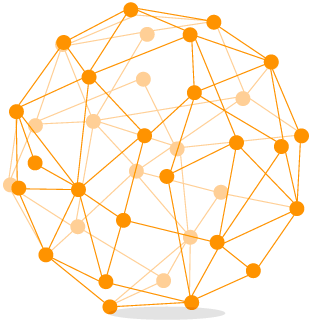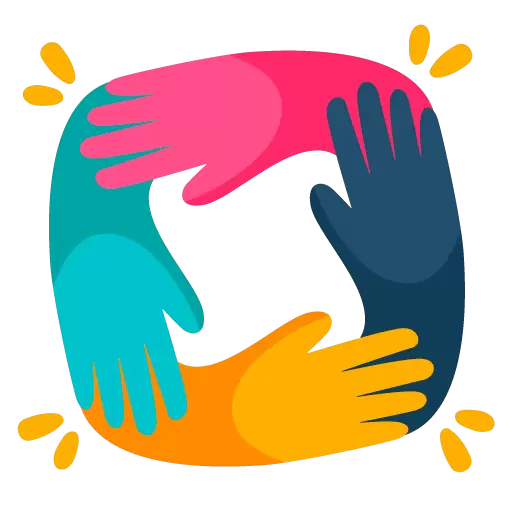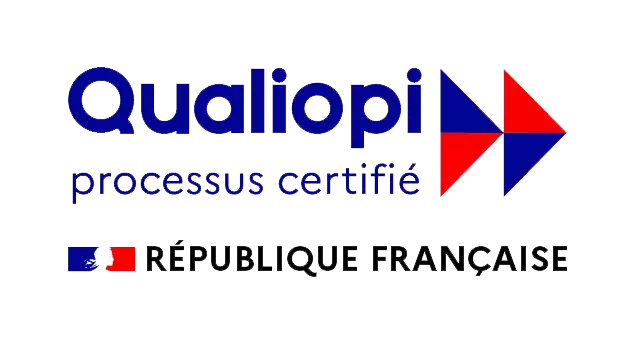The improvement of practice as a discipline in its own right arises from the results linked to the SYPRENE network of research practice at LACT
After 4 years of training, Anne-Charlotte de Maupeou, member of the SYPRENE Network (Systemic Practice Research Network), hypnosis practitioner and relationship clinician, testifies to the changes that have taken place in her relationship with the patient since she has been using the evaluation and improvement of practice: “the analysis of my own practice allows me to put the relationship at the heart of change and improve my results. » What is practice improvement and evaluation? How does it lead to improved results? How does it create a change in the therapeutic practice and in the relationship with the patient? How did this practice develop? Let's go back to this new discipline and its inner workings.

The SYPRENE experience
The improvement of practice as a discipline in its own right stems from the results of the SYPRENE Practice Research Network (PRN ) set up in 2014 by the LACT research center to bridge the gap between practitioners and researchers. With the aim of initially evaluating the effectiveness and efficiency of strategic systemic therapy and observing the processes of intervention and change, SYPRENE brings together some twenty practitioner members from seven different countries. Many institutions and research centers have joined this program: LACT (Paris), the Laboratory of Psychopathology and Neuropsychology of the University of Paris 8, CERMES3 (CNRS), the Center for Strategic Therapy of Arezzo (Italy) of Pr. Giorgio Nardone, the MRI of Palo Alto (California), the CIRCÉ training center (Paris) founded by Teresa Garcia, the UNAM University - National Autonomous University of Mexico (Mexico City), the MIMETHYS Institute (Nantes) of Dr. Eric Bardot or the University of Louisiana-Monroe (Louisiana). Initially thought of as a tool at the service of research, SYPRENE has become above all a powerful tool for observation and evaluation of practice at the service of improving results for any professional practitioner, whatever his approach (hypnosis, systemic, CBT…).
Several quick questionnaires (less than 30 seconds) allow the practitioner to quantitatively and qualitatively assess both the therapeutic alliance with the SRS (Miller & Duncan, 2004) and the state of contextualized well-being (individual , interrelational, social and global) with the ORS (Miller & Duncan, 2004) . The GHQ 12 (Goldberg, 1972) clarifies the state of well-being from the perspective of the individual. Finally, the question of the scale [2] assesses the evolution of problem solving from the point of view of the patient and that of the therapist.
It was thus possible to establish - for the strategic systemic approach - by analyzing the interventions of 22 therapists with 1150 patients, a significant improvement or a complete resolution of the problem in 79% of cases, with an average of 5.4 sessions and a duration 5.3 months of treatment (Vitry et al., 2021).




